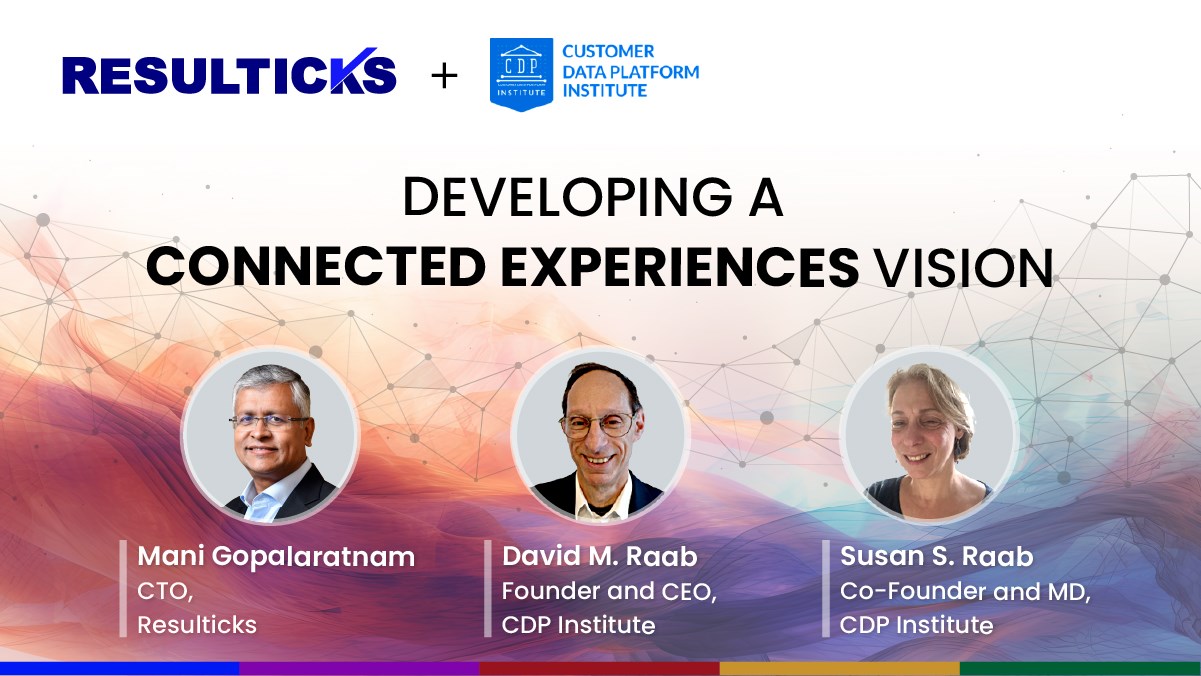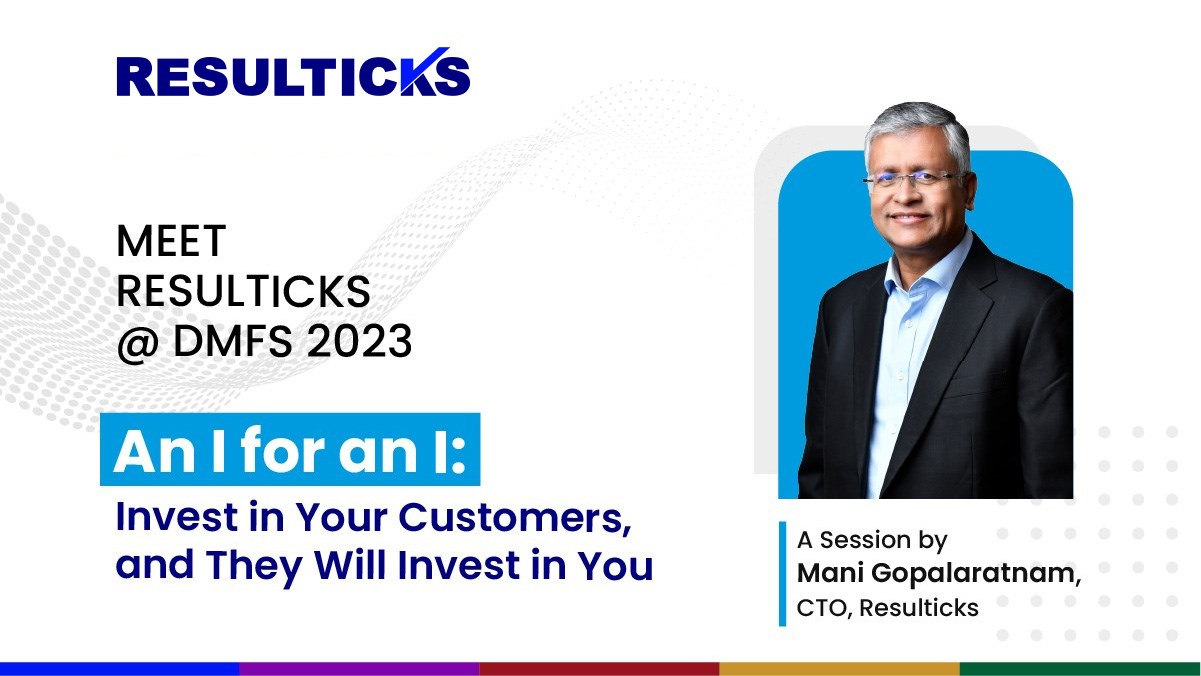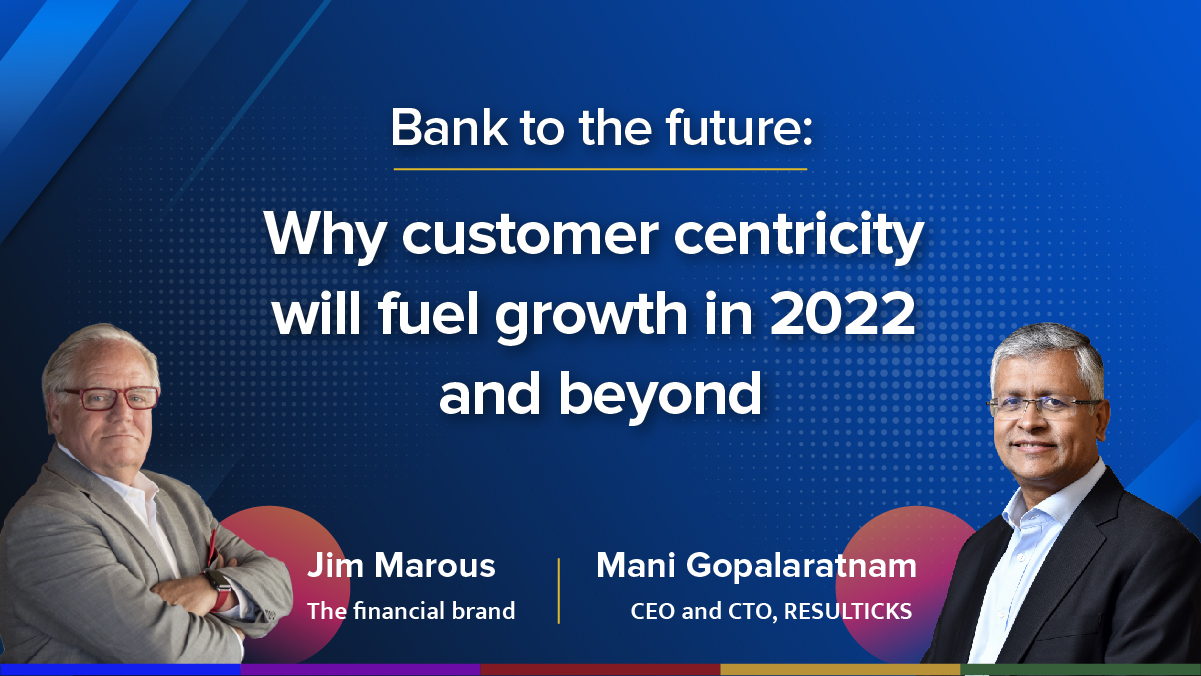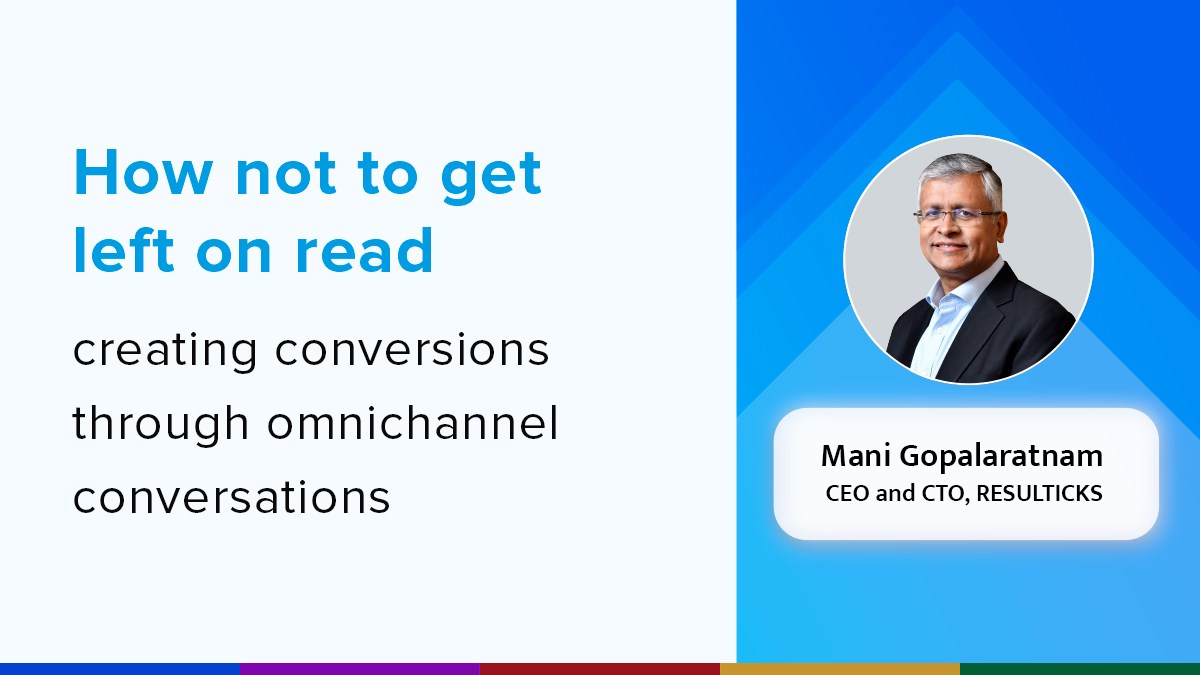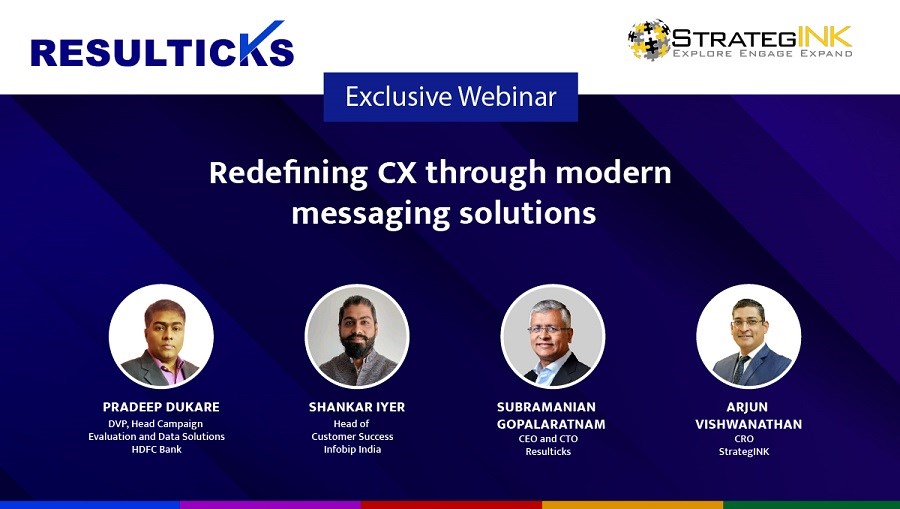In a world where data consumption fuels meaningful customer engagements, it is imperative for the successful marketer to ascertain which insights should inform strategic decisions (actionable) and which are simply vanity metrics (interesting). With many companies struggling to create value from big data investments, the promise of actionable insights sounds like the marketer’s Holy Grail.
While Forrester reports that 74% of firms say they want to be data-driven, only 29% are actually successful at connecting analytics to action.
To recognize actionable insights when they see them, marketers need to understand the subtle distinctions between data, information, and insights. Forrester VP and Principal Analyst Brian Hopkins offers some practical guidance.
“Data is the raw and unprocessed facts that are usually in the form of numbers and text. Data can be quantitative (measured) or qualitative (observed). Information is prepared data that has been processed, aggregated and organized into a more human-friendly format that provides more context. Insights are generated by analyzing information and drawing conclusions. Both data and information set the stage for the discovery of insights that can then influence decisions and drive change.”
Simply stated, Interesting data are surface-level metrics that often look impressive on paper but add little value when measuring performance against overall business objectives. So why do marketers use them?
Interesting data are typically easy to access and simple to understand. Marketers feel increasing pressure to supply dazzling reports to the C-suite to show quick wins. Frustratingly, the art of marketing also includes playing the long-game when it comes to making an impact.
Without measuring how a marketing touchpoint connects to a purchase decision, your interesting data will only be useful in highlighting brand awareness and not necessarily the overall ROI of the business.
Let’s take a closer look at some examples:
Interesting: Page views.
Counting how many people come to your site—the traffic—is a frequently shared metric. Yet, it’s what that those visitors do once they get there that really matters in terms of experience and engagement.
Actionable: Bounce rate, unique users, pages per session, time on page, sessions, pages per user per month.
Bonus points if you can connect views to dollars. How many of these visitors are viewing and then converting? How many views before a typical lead converts?
With those distinctions in mind, consider these three essential criteria when evaluating the actionable nature of your data-driven insights:
Alignment with Business Goals
Insights that correlate with a company’s key business goals and strategic initiatives are naturally more likely to drive action and fuel topline growth. Metrics that make no tangible impact on your business goals, even when they undergo drastic changes, are more than likely vanity metrics with little to offer.
According to Brent Dykes, senior director of data strategy at Domo, “Insights based on key performance indicators and other key metrics inherently engender a sense of urgency that other data won’t. It’s easier to interpret and convert strategically aligned insights into tactical responses because they often relate directly to the levers in your business that you control, influence, or are focused on.”
Relevance
Truly actionable insights provide detailed context for the interests, buying habits, and channel propensities of any given customer base down to the individual level. Relevant insights provide marketers with a comprehensive, data-driven profile of their customers, which serves as an “engagement roadmap” to deliver the right messages at the right time across the channels intrinsic to the daily lives of tech-savvy consumers.
As such, individualized customer engagement and data-driven user journeys are the end result of properly leveraged actionable data, guaranteed to delight end users and drive conversions as revenue-growth engines. Consider implementing an omnichannel rules engine to maximize the impact of your marketing messages, sustain continuous conversations, and ensure a seamless customer experience across all channels.
Unified Customer Data
Data-driven customer insights that remain trapped in legacy analytics tools that managers never access means those insights may never reach their intended audience. Little action can be taken on or with siloed or otherwise segmented customer databases and analytics tools.
A unified customer database creates an actionable 360-degree view of every customer and enables marketers to track each journey across every channel as well as to capture new data across every touch point for more exact targeting and individualization.
A comprehensive audience view is the key to meaningful engagements, and marketers should take advantage of a data management platform that offers a consolidated overview of their customer database. This will enable them to leverage their actionable insights with an equally actionable view.
Conclusion
Gathering data-driven insights can yield tremendous revenue growth for your company. For that to happen, however, marketers must master the ability to discern and leverage those insights that not only align with business KPIs, but also promise valuable (and actionable) customer engagements.
Marketers can facilitate those highly coveted, individualized engagements by implementing technology and services that consolidate data, analytics, implementation, continuous learning, and optimization. They must also ensure that data-driven insights are as actionable as possible to maximize reach, engagement, conversion and revenue growth for their organizations. This enables them to optimize marketing efforts and tap into the power of a true omnichannel marketing automation solution that unifies all customer data and turns it into actionable insights.












